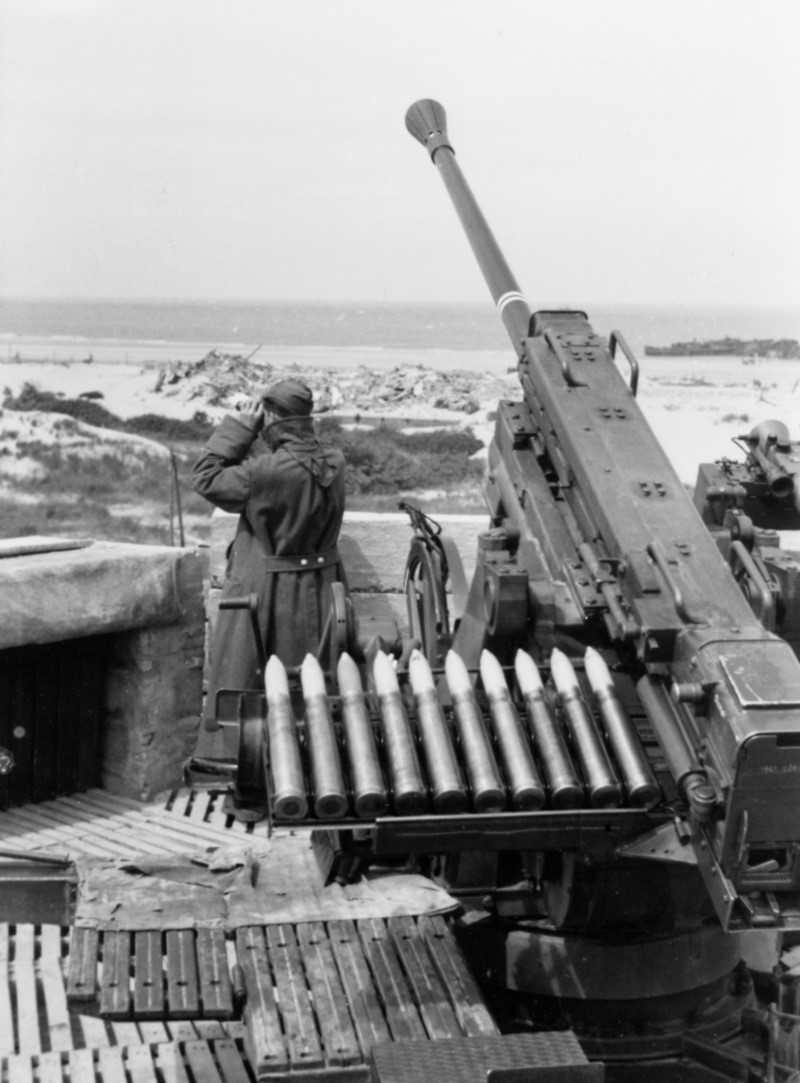
| Year | 1941 |
| Weapon Type | Light Anti-Aircraft Gun |
| Origin & Designer | Germany/Rheinmetall |
| Numbers Produced | 60 |
| Crew | 7 |
| Calibre | 50mm (50x346) |
| Elevation | -10° to +90° |
| Traverse | 360° |
| Breech | Gas Operated Bolt |
| Recoil | [@recoil] |
| Gun Sight | Flakviser 41 |
| Gun Mount | Triangular Platform |
| Carriage | 2 x Sd.Anh.204 |
| Trailers | [@trailers] |
| Gun Shield | [@gun_shield] |
| Armoured Plate | [@armoured_plate] |
| Barrel Length | 4.340mm (L/67) |
| Overall Length | 6.50m |
| Width | 2.39m |
| Height | 2.16m |
| Weight | Weight in Traction: 7.130 kg Weight in Action: 4.300 kg |
| Round Weight | 2.2 kg (HE) 3 kg (AP) |
| Muzzle Velocity | 840 m/s |
| Feed | 5 Round Clip |
| Magazine Capacity | [@magazine_capacity] |
| Practical Rate of Fire | 130 r.p.m. |
| Rate of Fire | [@rate_of_fire] |
| Maximum Rate of Fire | 180 r.p.m. |
| Maximum Ceiling | 7.860m |
| Maximum Ground Range | 10.330m |
| Maximum Range | [@maximum_range] |
| Armour Penetration | [@armour_penetration] |
| Traction | [@traction] |
| Variants | [@variants] |
| Notes | The Germans wanted a new anti-aircraft gun to fill the void between 37mm and 88mm. The result was the 5cm Flak 41 and was first issued in 1941. It was not a success, mainly because it had a slow traverse and the round was inadequate at the ranges required. It was relegated to secondary areas and coastal fortifications. |